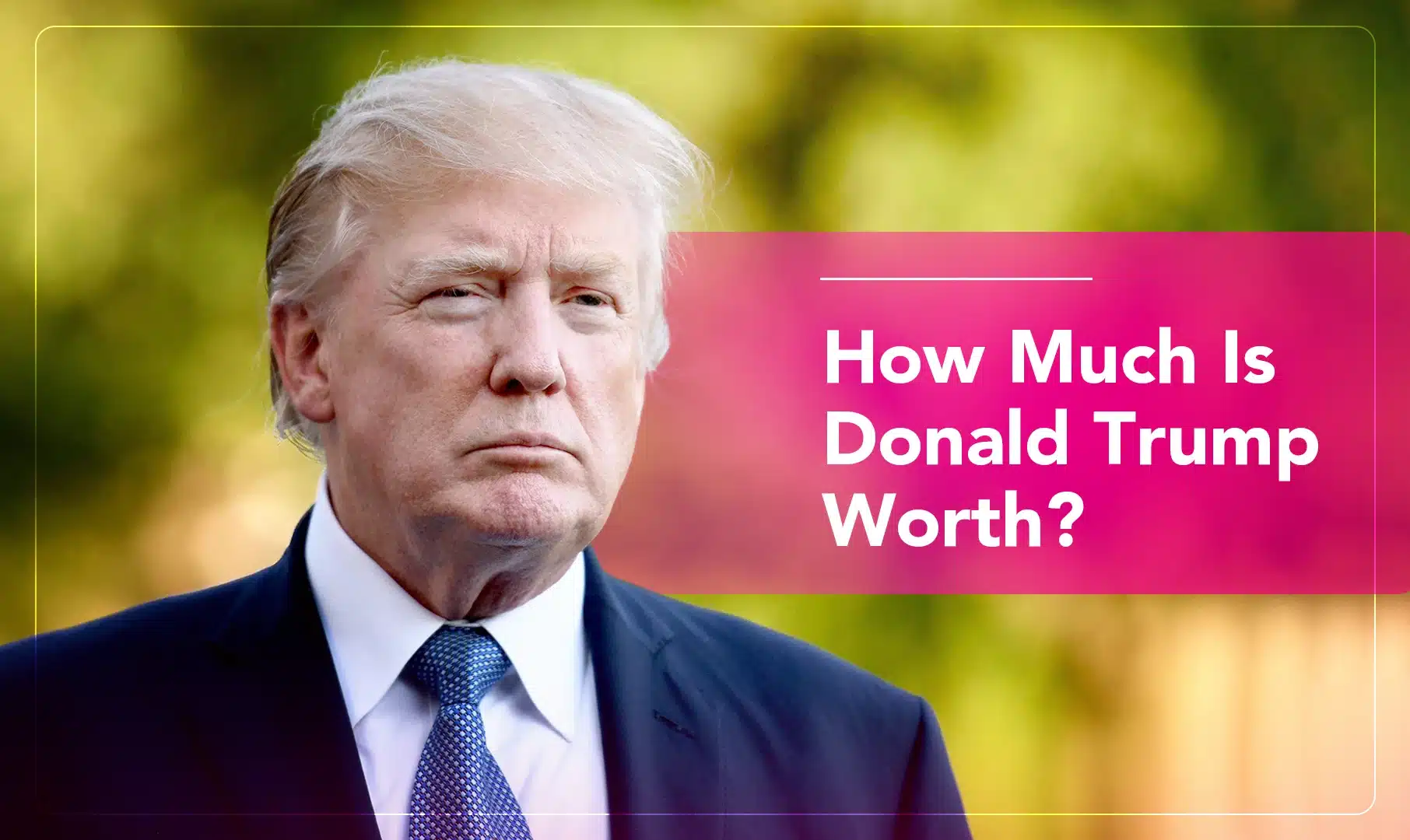
In November 2022, FTX, one of the largest digital currency exchange platforms for buying, investing and selling cryptocurrencies crashed and burned. Some said it was the end of the road for crypto.
FTX blocked hundreds of thousands of customers from taking their money out of the platform, then went bankrupt owing $8 Billion. Competitors Binance, quickly bailed out of a buyout when reports of mishandled customer funds hit the media along with tales of FTX founders splashing out on luxury items, elaborate advertising campaigns and dubious political donations.
All new markets begin life a bit like the wild west. Look at the gold rush in California, or the oil fields of Texas before regulatory clarity pulled their balloon strings down and brought confidence to investors.
MiCA stands for Markets in Crypto-Assets regulation. It is an EU legislation that applies to a wide range of crypto-assets or ‘digital representations of a value or of a right which may be transferred and stored electronically, using distributed ledger technology or similar technology’.
Crypto, by its very nature, exists outside of the usual rules. So, what are the implications of this new set of laws – is it going to be good for us investors or is it going to bog everything down and leave crypto as confounding as other more traditional investments? Here are my Five Bits of Good News from MiCA, and Three Less Good Bits.
1 There will be more clarity
Before MiCA, there was regulation, but it depended on where you were and who you were talking to. MiCA is a unified approach to crypto regulation that applies across all 27 EU member states. So, this gets rid of much of the horse-trading between European countries, issuers and traders. Now, as long as a company is authorized in one EU country, it can passport its offerings to other EU countries.
2 Transparent information
With MiCA, when someone offers a crypto asset to the market, they will have to produce what is known as a ‘white paper’ – this will have all the relevant information about that asset. This includes who exactly is issuing it, what the proceeds for the capital raised are to be used for, any rights or obligations attached to it, and – importantly – any possible risks to investing. This will mean even new crypto issues will be more reliable.
3 Bigger institutions will get involved
The regulatory clarity provided by MiCA is going to attract more cautious, more regulated institutional investors and traditional businesses. This will have the effect of making crypto more acceptable and more popular because it’ll be more open to adoption by big institutions. This matters because it adds a layer of respectability and removes some of the more hysterical negative ideas around crypto.
4 Better oversight
The rules on governance within MiCA will act as a stabilising factor. Issuers and CASPs will be subject to liquidity requirements, limiting any conflict of interest and the kind of market abuse inherent in the downfall of FTX. The addition of due diligence and know-your-provider (KYP) procedures for crypto investment firms will create a more secure environment for investors.
5. Clear standards will set a precedent
MiCA will mean that other regions – like the US and the UK in particular – will be under pressure to build similarly comprehensive approaches to crypto regulation, with MiCA as the gold standard. In the same way, the EU’s General Data Protection Regulation (GDPR) has created pressure to create standards in data protection, regions like the US and the UK will likely develop a comprehensive framework that will meet the same standards if they are going to trade alongside the EU.
So, what about the downsides?
Is it too limited?
MiCA offers no guidance on big growth areas such as DeFi or NFTs.
DeFi is one of the fastest-growing aspects of crypto. DeFi is where key elements of the work done by banks, exchanges and insurers today—like lending, borrowing and trading—are put in the hands of regular people. So, MiCA regulation is already a little behind the market. ESMA is expected to provide additional guidance on these areas which will help provide better clarity.
While truly unique NFTs are largely outside the scope of MiCA, there’s a chance that assets issued in a large series or collection could be considered fungible and therefore subject to MiCA – the ESMA says they are going to provide additional guidance on this – the question is – when? Especially since NFTs are growing exponentially and represent a very visible aspect of crypto. And whether you are buying for just the status and entry to an exclusive club of owners, or for an investment, some clarity in the way these tokens are created and traded would probably help.
More Cost
Any regulation always injects costs into a system. And the increased cost of compliance with MiCA may create a barrier to entry for some new startups and may even squeeze them into regions that are still unregulated – maybe keep an eye out for products with more exotic locations in the future! Either way, the cost will not be enough to put people off.
Regulatory overreach
Wherever there is regulation, there’s often over-regulation. Sure, while some standardised legislation will get rid of a few bad actors and fraudsters, there is always a risk that the rules may push towards traditional equity or bond issuance standards – which would not be practical for most crypto projects. Maybe the MiCA standard should be more akin to what is applied to venture capital investments.
In conclusion
So, MiCA will make crypto less like the wild west for anyone trading into or out of the EU, and that is surely a good thing. The assurances bolted onto crypto wallets alone will add a layer of security for anyone looking to dip their toe into this exciting market. It remains to be seen if it extends to other regions and influences DeFi or NTFs etc. The way I see it, the energy and freedom that crypto represents will not be dampened down by MiCA – in fact, more big players may get involved boosting the market once again.
Want more insights on finance, current events, business, news and more? Sign up for the Matt Haycox newsletter for fresh updates every week.






